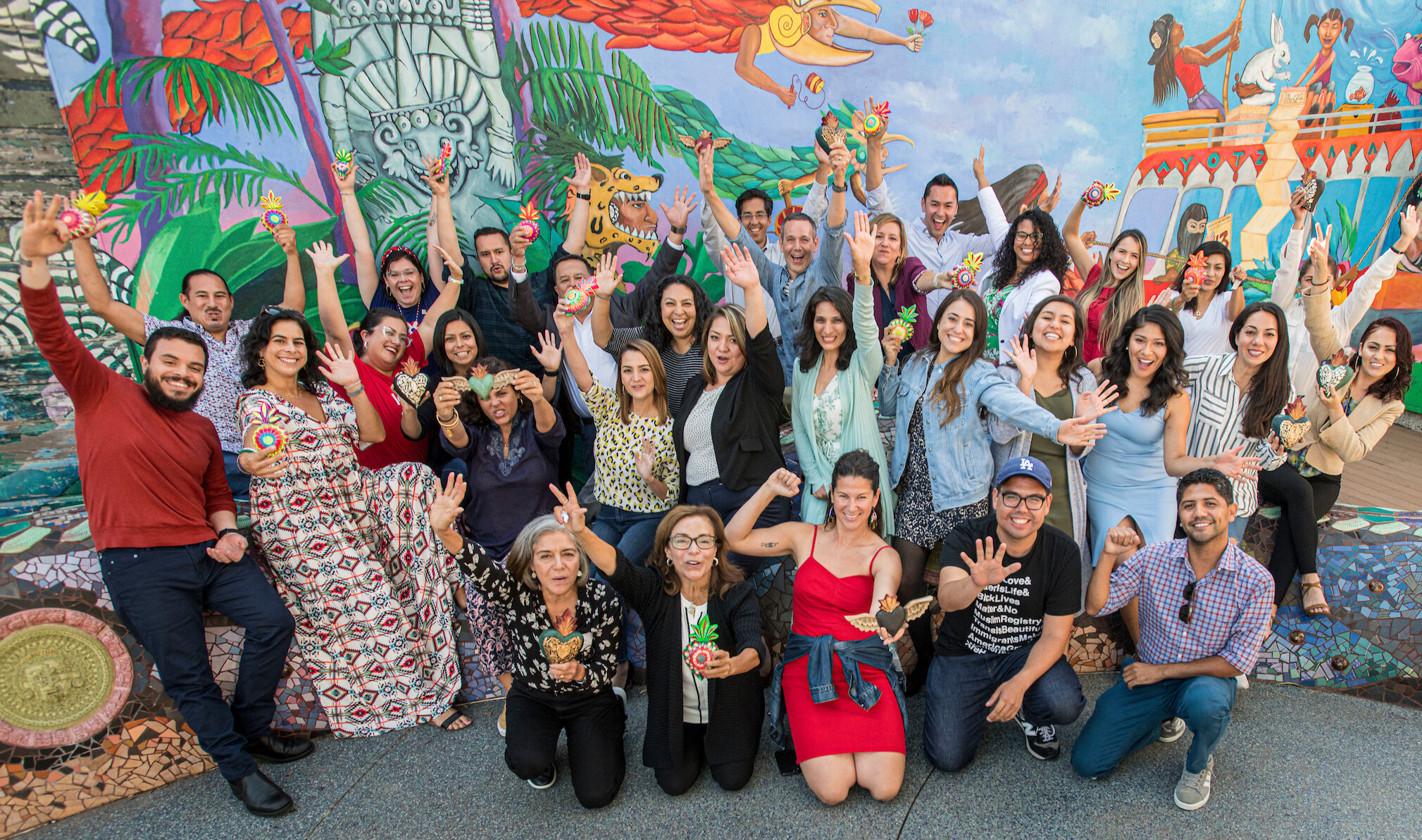“It’s Very Empowering.” Latino Giving Circles Are on the Rise
/L.DEP/shutterstock
“If we, as Latinos, are not at the table, we are going to be on the menu,” said John Padilla, co-founder of the Progreso Latino Fund (PLF) at the Community Foundation for Greater New Haven. He was speaking late last year at an event called “Una Conversación Entre Familia: Collective Giving and the Power of Latino Philanthropy,” hosted by the Latino Endowment Fund (LEF) at the Hartford Foundation for Public Giving.
Along with representatives of the third main Latino giving circle in New England, the Latino Legacy Fund (LLF) at the Boston Foundation, these groups convened to discuss their work and aspirations in Latino-focused philanthropy. Senior Development Officer Wanda Correa, who provides support for the LEF and led the effort to convene this forum, tells us the event was also a recognition of the LEF’s 15th anniversary, or quinceañera. It was also the PLF’s 15th year in action and the LLF’s fifth.
Latino Giving Circles on the Rise
At nearly 18 percent of the population, Latino people are the largest minority in the U.S., and their population has grown sixfold since 1970. Yet a few years ago, the Boston Globe reported that only about one penny of every charitable foundation dollar nationwide goes to Latino groups. The good news is that Latino giving circles and similar collaborative funds are on the rise, mobilizing new philanthropic resources for these communities. This is part of a broader trend we’ve been covering at IP, in which donors of color are becoming more collaborative and coordinated. This sea change reflects growing wealth for these populations, their frustration with longstanding neglect by mainstream philanthropy, and their desire to be self-funded and self-powered problem solvers within their own communities. Giving circles—often housed at community foundations—are a powerful way to bring together emerging donors, and the meeting hosted by the Latino Endowment Fund is another indicator of growing momentum in this dynamic corner of philanthropy.
Juan Carlos Morales, LLF co-chair, tells us he appreciated that the event brought “together Latino philanthropists from across the region.” He adds, “We share common passions, opportunities, and challenges, and to be able to network, share ideas, and learn from each other’s best practices was very powerful.”
Challenges and Opportunities
One focus of the event was the importance of the funds sharing Latino perspectives with their respective community foundations and strengthening the capacity of local Latino nonprofits. Developing and supporting Latino leaders and providing opportunities for them to participate in community decision-making is another shared mission for these giving circles.
Other topics discussed were harnessing and honing Latino giving methods and recruiting a new generation of Latinos to philanthropy. Morales says, “Attracting younger Latinos is an important piece of our work.”
All the speakers shared a desire to alter the perception of Latinos from simply beneficiaries of philanthropy to benefactors. They “sought to ensure a more accurate representation of the benevolent nature of the Latino community and the power of the Latino donor,” according to the LEF.
Both Correa of LEF and Strategic Program Manager Caprice Taylor Mendez of PLF say Latinos have traditionally been philanthropic by giving smaller, more spread-out personal donations, which are significant based on their income, but have not always led to recognition within the philanthrosphere. Mendez says this is more common among people of color in general, and that it may deter members of these communities from considering themselves philanthropists. She explains:
The question for us to answer is how we will meet our young and growing Latino community of philanthropists in terms of where they are. How can we send an invitation to as many to join us through the [PLF], to have as much collective power as possible to address the challenges that Latinos face, while also reinforcing our individual and collective strength?
Una Conversación Entre Familia panelists also discussed how the Latino community traditionally responds well to current, short-term crises. For example, all three of these funds developed pointed responses and funding opportunities for disaster relief for Puerto Ricans following Hurricane Maria through collaborations with their foundations and private and public partners. The panel members expressed the importance of educating Latinos on making longer-term philanthropic investments to support ongoing and future needs.
On a related note, Mendez says one impact of the event for the PLF was that afterward, “We decided to dive deeper into how we can grow our endowed fund to have even greater impact in our region by increasing the number of PLF advisers and donors… The convening inspired us to dream big.”
“A quinceañera is a great opportunity to kind of come out into more of adulthood, and so that's a big deal in this community,” Correa says, adding, “Really, in any community—the fact that you've had folks coming together for 15 years to put their money in a pot and then be on equal footing to decide who gets the money, who is working to serve the Latino community, and in the process, we highlight issues that impact the Latino community… it's very empowering.”
Related:


































